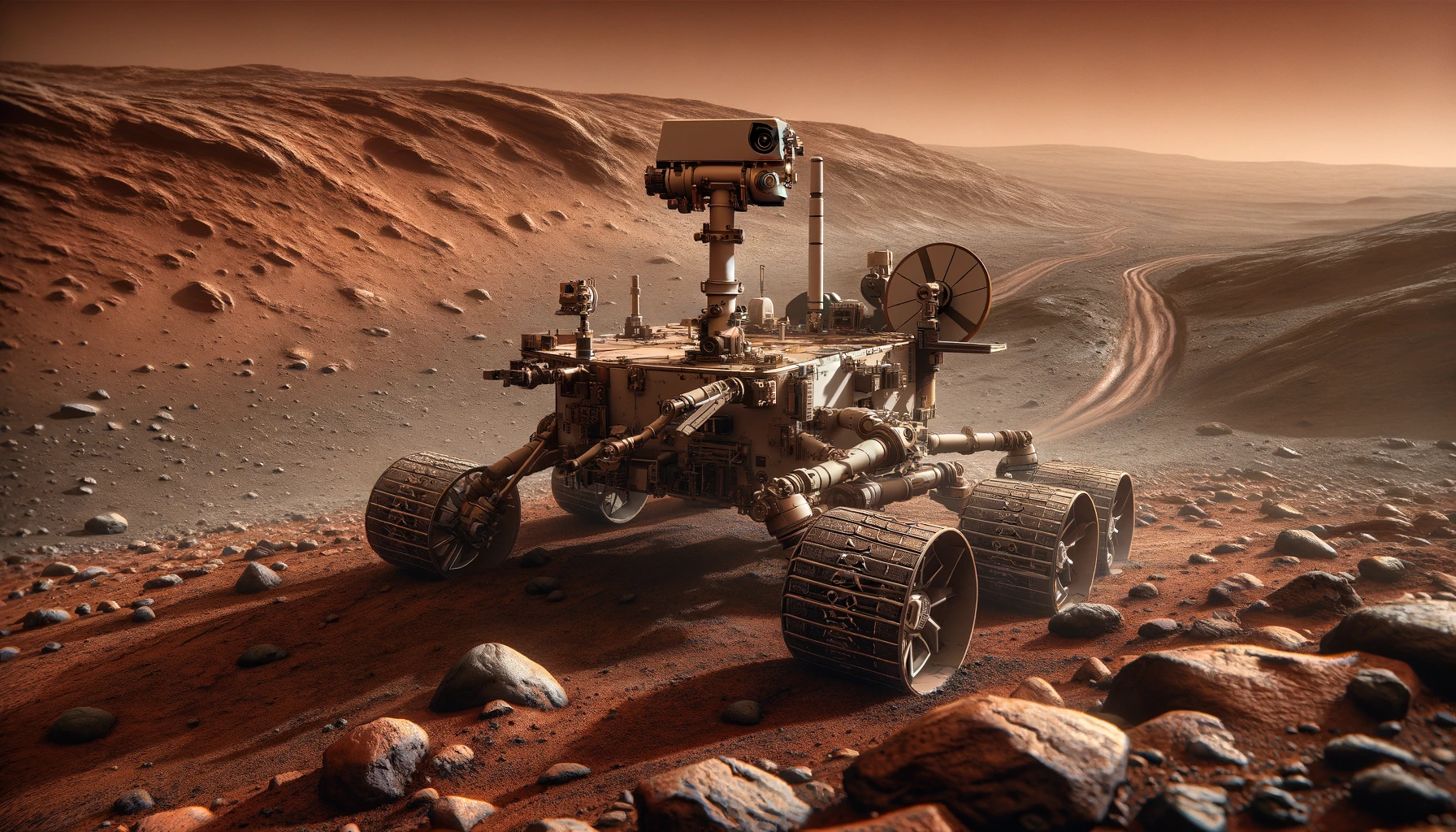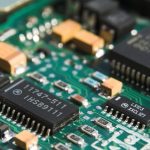NASA’s 30th Human Exploration Rover Challenge (HERC) concluded on April 20th, marking another successful event in this long-standing competition. Held at the U.S. Space & Rocket Center adjacent to NASA’s Marshall Space Flight Center in Huntsville, Alabama, the event showcased innovative projects and engineering prowess from both high school and college teams across the globe. HERC not only provides a platform for students to display their engineering skills but also aligns with NASA’s broader goals under its Artemis program, encouraging young minds to explore and potentially choose careers in science, technology, engineering, and mathematics (STEM).
In addition to the main competition, HERC included various secondary awards that recognized teams for safety, innovation, and spirit, among other achievements. These accolades underline the comprehensive skills that the competition seeks to foster, from technical design and execution to teamwork and problem-solving. Every year, the challenge evolves, incorporating new technologies and learning from past editions to ensure it remains relevant and challenging for participants.
Winners and Special Recognitions
The 2024 HERC saw Parish Episcopal School from Dallas clinch the first prize in the high school category, while the University of Alabama in Huntsville won in the college category. Alongside the competition, there were awards for various categories including the Ingenuity and Team Spirit awards, highlighting teams that excelled in innovative design and collaborative spirit, respectively. HERC emphasizes the importance of these soft skills alongside technical expertise, preparing students for future challenges in their academic and professional careers.
Legacy and Impact
HERC, since its inception in 1994, has seen participation from over 15,000 students. Notably, many alumni have continued on to careers at NASA and other sectors within aerospace, underscoring the competition’s role as a crucial stepping stone for future scientists and engineers. The challenge supports NASA’s broader educational goals by providing a practical, thrilling application of classroom science and mathematics principles, reflecting the real-world complexities and rewards of space exploration and engineering.
Future Directions and Enhancements
Looking ahead, NASA plans to continue evolving HERC to align with the latest in space research and technology development, ensuring that it remains a cutting-edge competition that effectively prepares students for future careers in STEM fields. The integration of new technologies and methodologies drawn from NASA’s Artemis missions will likely feature in future challenges, further bridging the gap between theoretical knowledge and practical application.
In conclusion, the Human Exploration Rover Challenge not only celebrates student achievement and innovation but also actively contributes to the STEM pipeline, nurturing the next generation of engineers and scientists. The competition’s alignment with NASA’s educational objectives ensures that it will continue to be a key component of the agency’s outreach and educational strategies, inspiring countless students to reach for the stars.
- HERC marks its 30th anniversary with global participation.
- The competition highlights NASA’s commitment to STEM.
- HERC evolves with new tech from Artemis missions.










